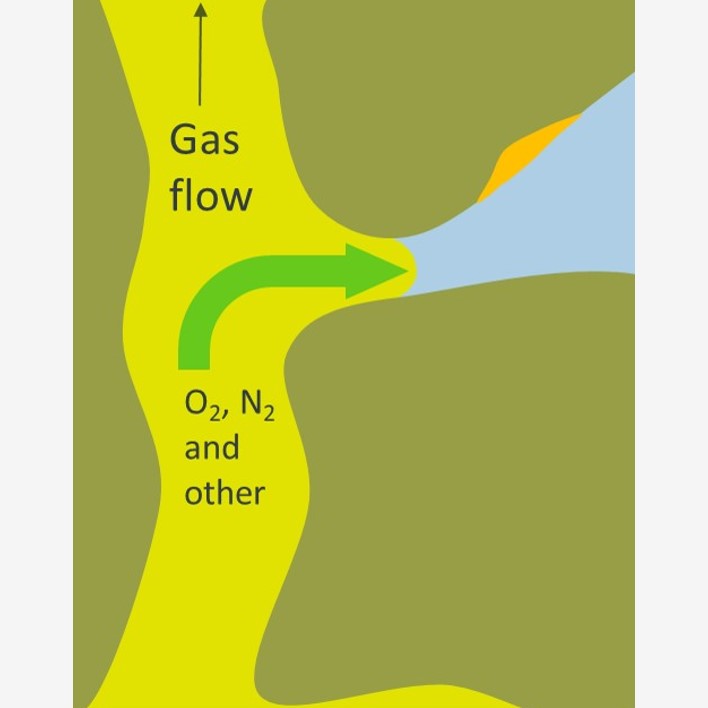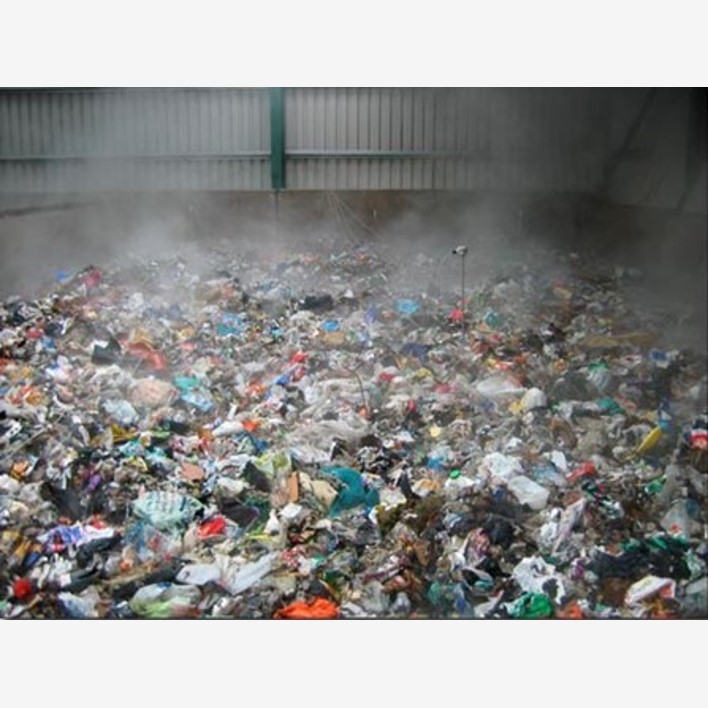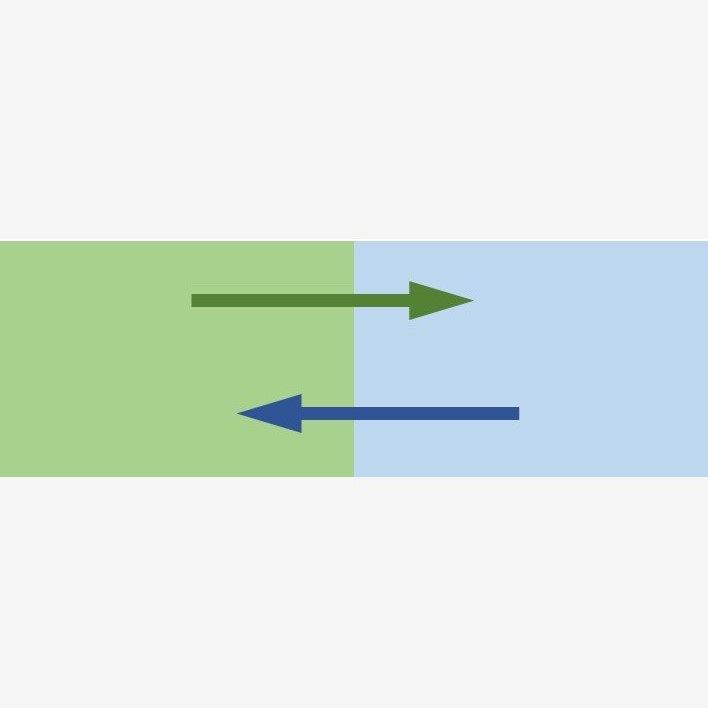Besides waste degradation, gas and liquid flow, and waste settlement, other important processes take place in landfills, including heat generation, and gas and liquid diffusion. All landfill processes are inter-dependent – or coupled. The processes that are involved in this way are solids dissolution (solids phase to liquid phase); unsaturated flow relationships between capillary pressure, relative permeability and moisture content (coupling the gas and liquid phase pressure fields); gas solubility (coupling the chemistry of the gas and liquid phases); chemical equilibrium (impacting on waste degradation and gas generation rates). All of these complexities and more are addressed by the LDAT modelling environment.



Coupling systems in landfills
Modelling waste heat generation
Gas and liquid diffusion
The group of physical and bio-chemical processes found in landfills are strongly coupled – in other words, strongly dependent on one another. The all-pervading coupling parameter in the landfill process group is temperature. This is because nearly every parameter value in the group’s constitutive equations is temperature dependent.
This coupling means that any change caused by one landfill process will start off a chain of events in other processes. For example the dissolution of solids, that is the first stage in the waste degradation process, causes an initial temporary increase in pore-space volume. This changes moisture content, which changes both capillary pressure and relative permeability, which in turn, impacts on the gas and liquid flow processes. Flow causes changes in the pressures in the gas and liquid. Changes in pressure cause changes in effective stress, which then changes, porosity and impacts on the settlement process.
These coupling systems are included in the LDAT landfill waste degradation and transport model. For example capillary pressure, which is the difference between the gas pressure and liquid pressure in the unsaturated flow found in landfills, and therefore plays a strong linking role in the behaviour of the two pressure fields, is calculated using the van Genuchten equation. Henry’s Law is used to control the gas solubility process, which provides the link between the chemistry of the gas and liquid phases. Throughout a model run, LDAT maintains chemical equilibrium between the dissolved chemical compounds. This is the process that determines the pH of the liquid phase which feeds back into the rate of growth of bacteria, and consequently into the rate at which waste degradation of the dissolved solids, and the rate of gas and liquid (leachate) generation, takes place.
Besides determining capillary pressure the van Genuchten equations are also used to estimate relative permeability in unsaturated flow ...MORE
Parameter value temperature dependence of landfill processes
All of the parameter values that control the behaviour of landfill processes are temperature dependent. Significant temperature changes occur as the result of the heat generated by the net exothermic enthalpy of reaction of the large number of chemical reactions that take place during waste degradation. For every element in a model, the LDAT calculation engine works out the heat produced by the reactions using individual values for the enthalpies of formation of the chemical compound reactants and products involved in the reaction.
The enthalpy heat produced in an element is compared in a heat balance procedure to the heat transfers due to conduction and convection through the element boundaries in order to obtain the net change in element heat. The specific heat of the waste is then used in conjunction with this change to determine the change in element temperature.
Read more about the temperature functions that the LDAT model uses to calculate the changes in model parameter values here. ...MORE
Landfill heat generation algorithm
Read more about the how the theory of landfill heat generation and landfill heat transfer is transformed into the algorithmic calculation procedure for the LDAT model, including an example calculation of the net exothermic enthalpy of reaction for sugar for both the landfill sugar aerobic chemical pathway and the landfill sugar anaerobic chemical pathway. ...MORE
Diffusion is the process where the chemical compounds contained in a gas or liquid move to equilibrate any differences in compound concentrations. This natural mixing phenomenon is particularly important in the case of landfills wherever high concentration gradients exist near landfill boundaries as it can lead to uncontrolled emissions from the landfill. It is also important when the diffusion of oxygen from air near the landfill surface is used to treat the emission of landfill gas by oxidising methane to carbon dioxide.
Our landfill waste degradation and transport model has a gas and liquid diffusion sub-model for landfill waste. The sub-model uses a ‘dusty gas’ approach which combines a Knudsen/Fickian diffusion model with a Binary/Dusty Gas diffusion model. This utilises two diffusion mechanisms, one is the familiar Fickian diffusion equation that uses the Knudsen coefficient, and the other is based on the Stefan-Maxwell equation that uses binary diffusion coefficients. …MORE